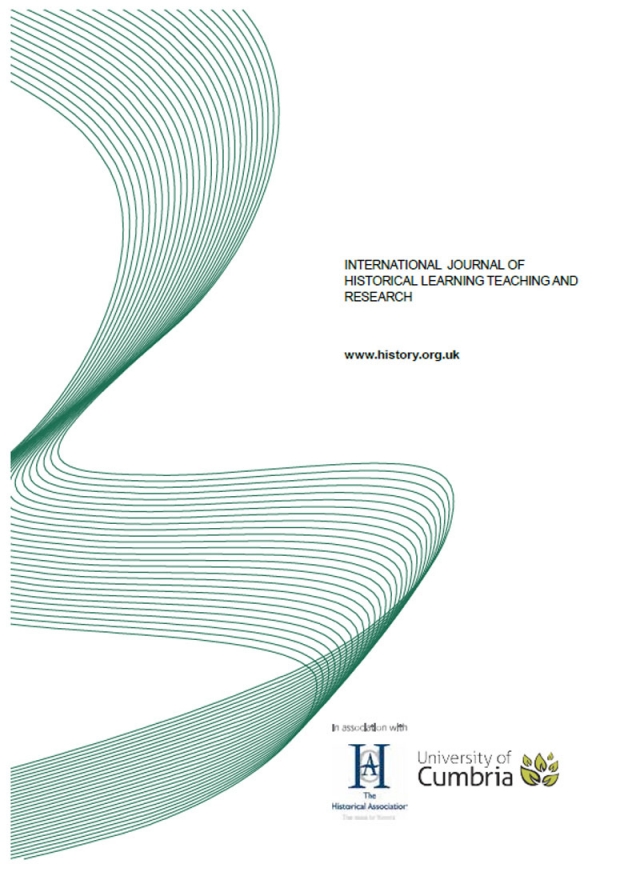International Journal 14.2: Editorial review
IJHLTR Article

Addressing sensitive, contentious and controversial issues: past and present
International Journal of Historical Learning, Teaching and Research [IJHLTR], Volume 14, Number 2 – Spring/Summer 2017
ISSN: 14472-9474
Introduction: Thinking historically – syntactic ‘know how’ and substantive ‘know that’ knowledge
As an academic discipline History has two dimensions: the ‘know how’ syntactic or procedural knowledge of the skills and processes of ‘Doing History’ and the ‘know that’ substantive or propositional knowledge of History as a body of factual information (Rogers, 1979, IJHLTR 9.1). History Education empowers children through its procedural, syntactic ‘know-how’ knowledge to ask historical questions; to interact with sources that they interrogate, evaluate and extract evidence from; to test the validity of historical ‘facts’, arguments, narratives and claims in their sources; to organise, collate and colligate their evidential data to find answers to their questions; to use their findings to create and test hypotheses and finally to construct and report their own interpretations – histories. All of course under the guidance and with the support of their history teachers.
The opening paper of IJHLTR 14.2.Roland Bernhard’s Are Historical Thinking Skills Important To History Teachers? Some Findings From A Qualitative Interview Study In Austria, pp. 29-39, focuses upon the syntactic element of History Education and sets the scene for the other papers in this edition of IJHLTR 14.2. Bernhard raises the crucial importance of the historical education of History Educators. Indeed, a question that permeates the papers of IJHLTR 14.2 is History Education as much about the history education of teachers of history as the history education of their pupils and students: quis custodies ipsos custodet?
Article taken from the International Journal of Historical Learning, Volume 14 Number 2
Attached files:
- IJHLTR 14.2: Editorial review: addressing controversial issues
1.15 MB PDF document

